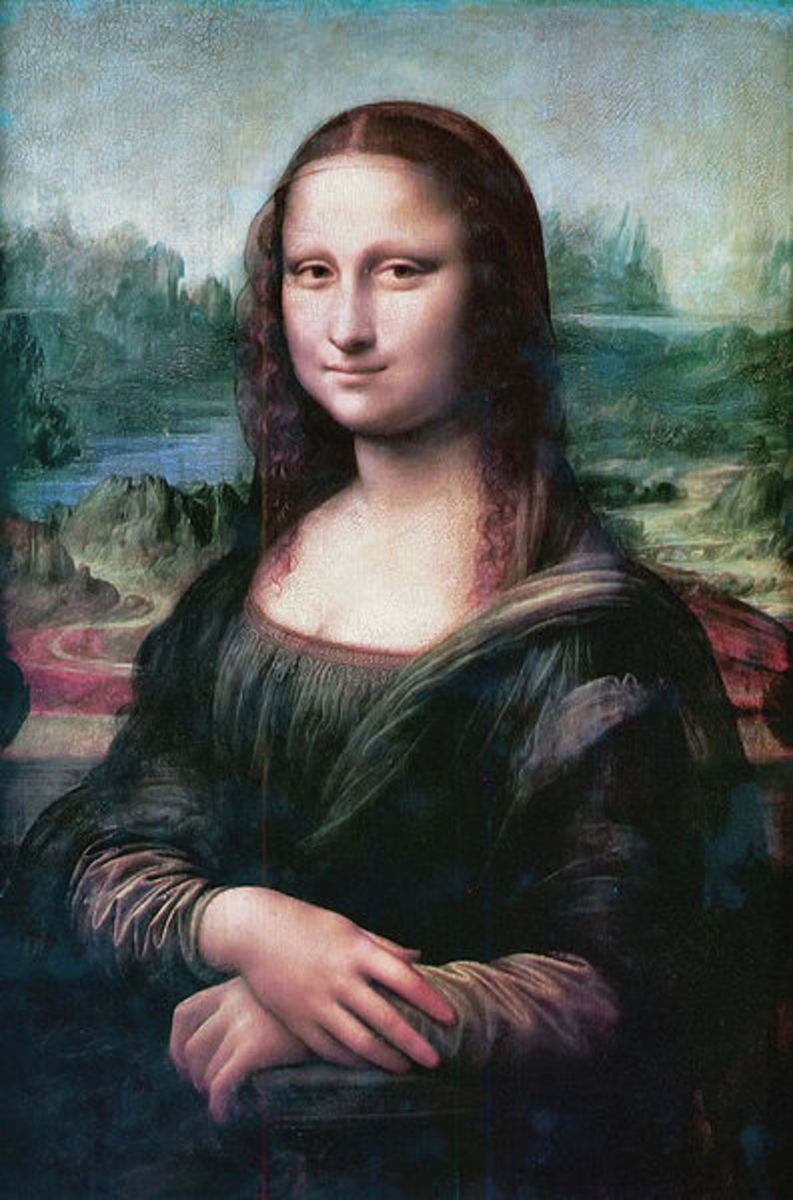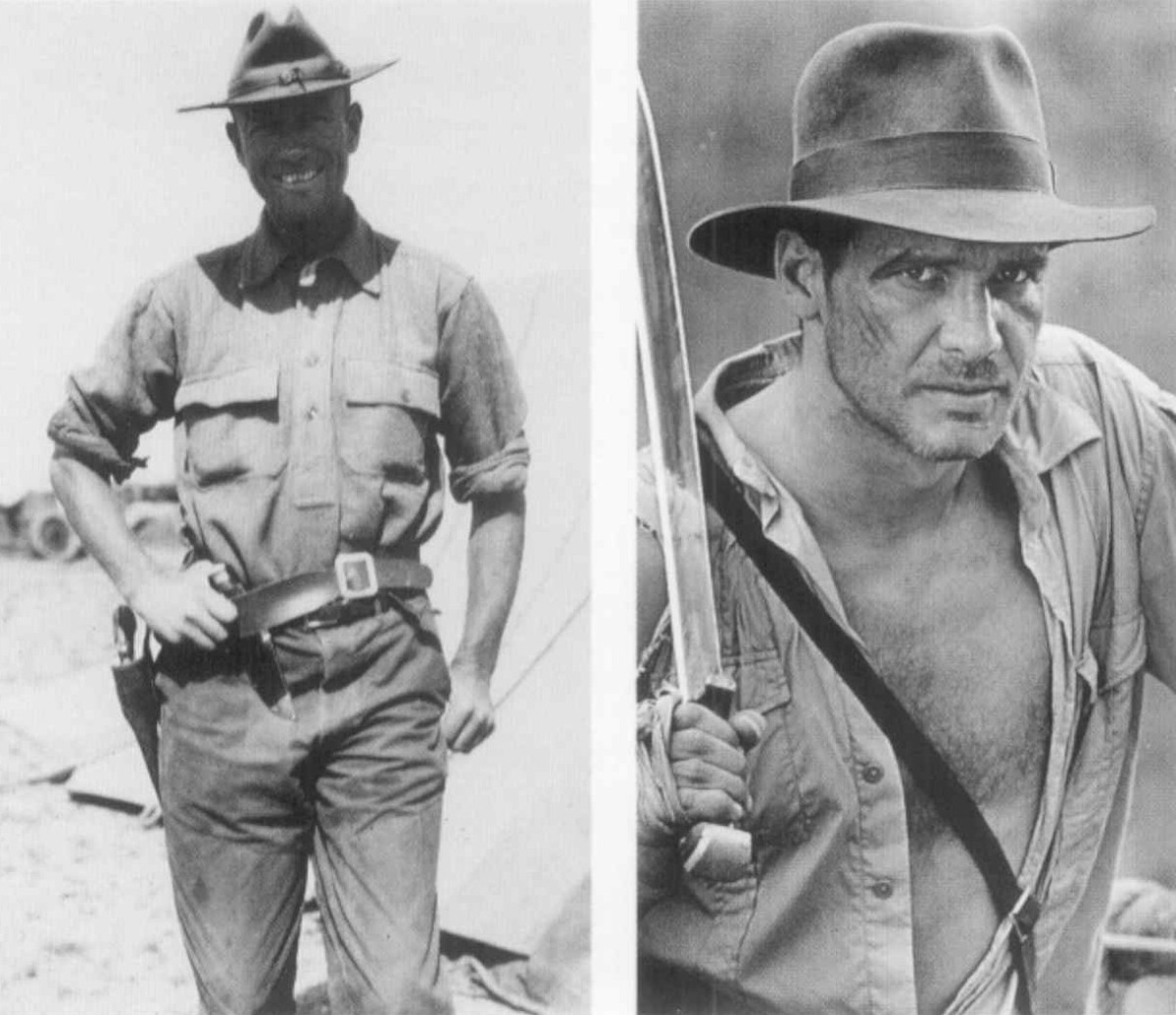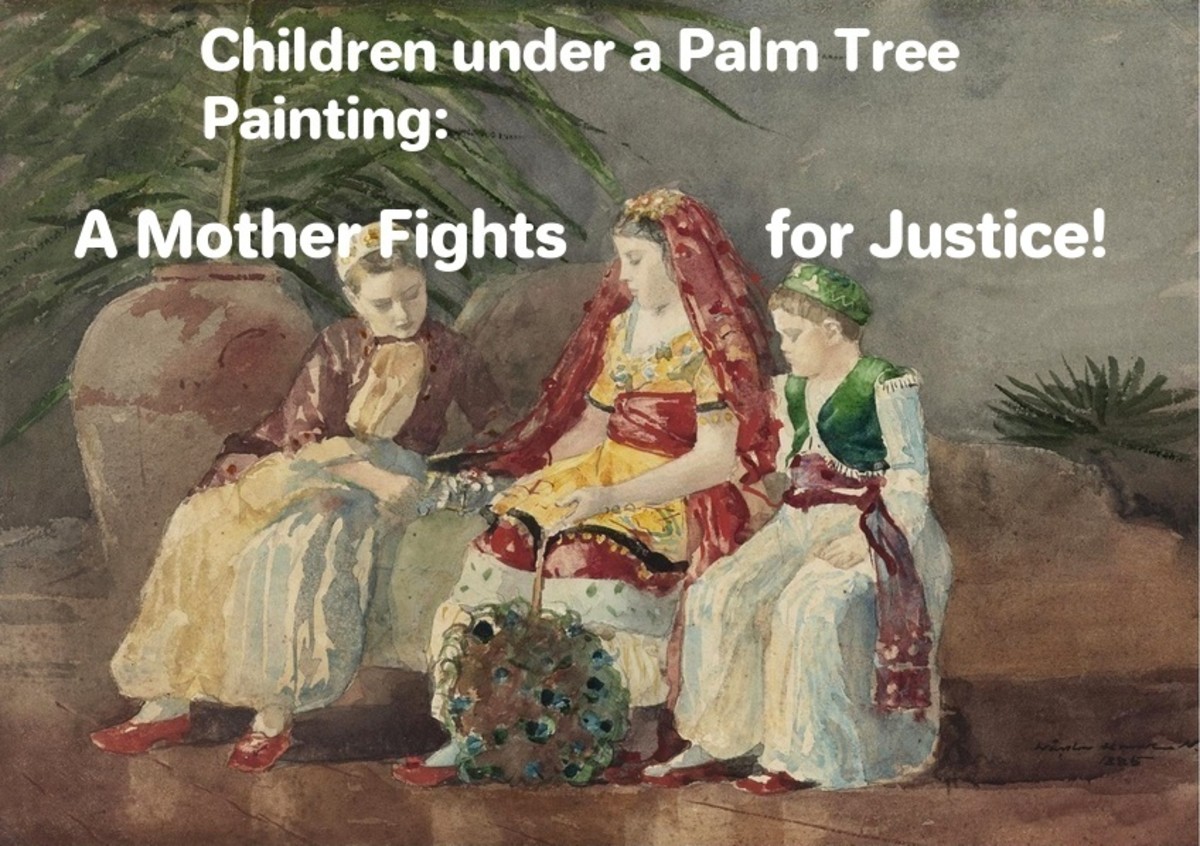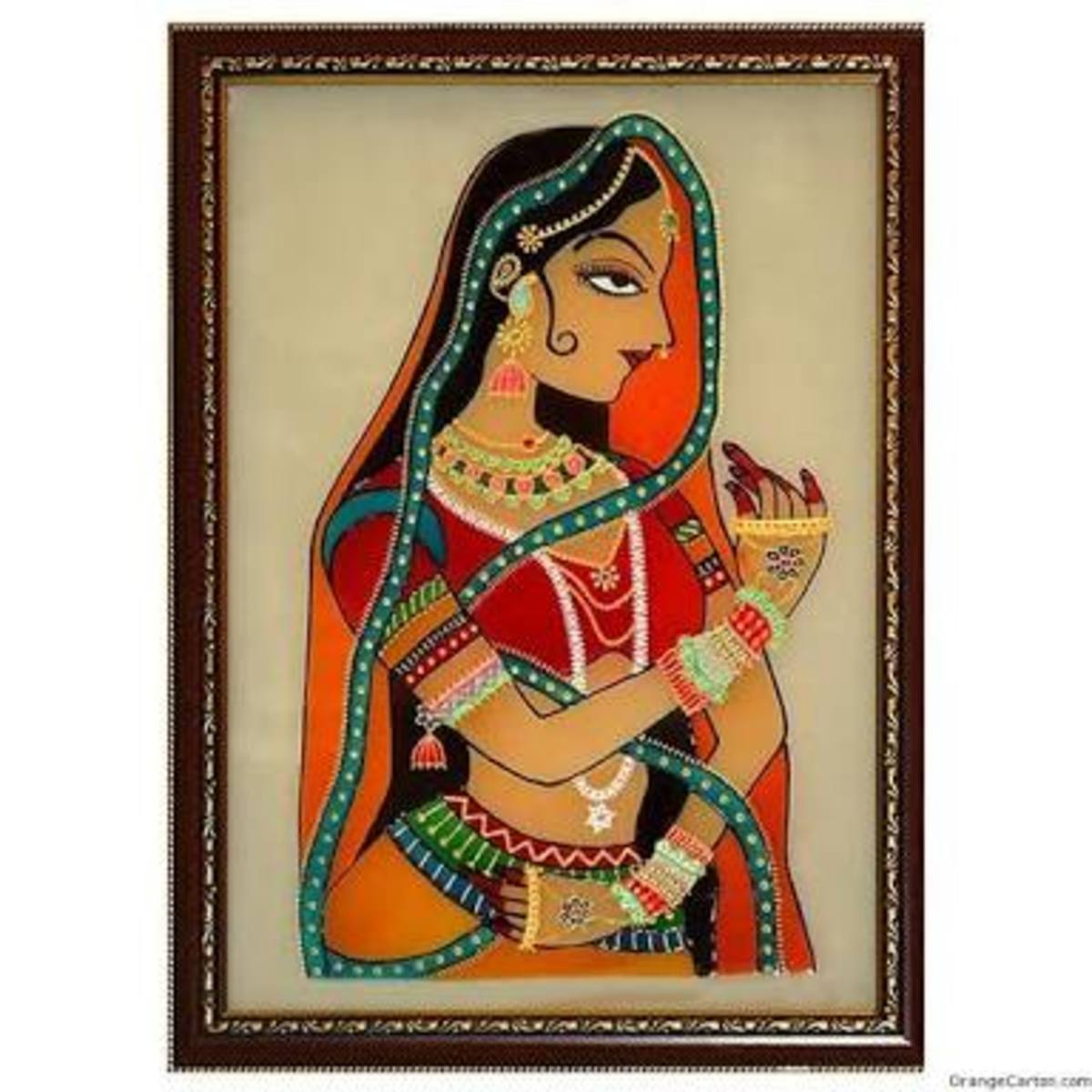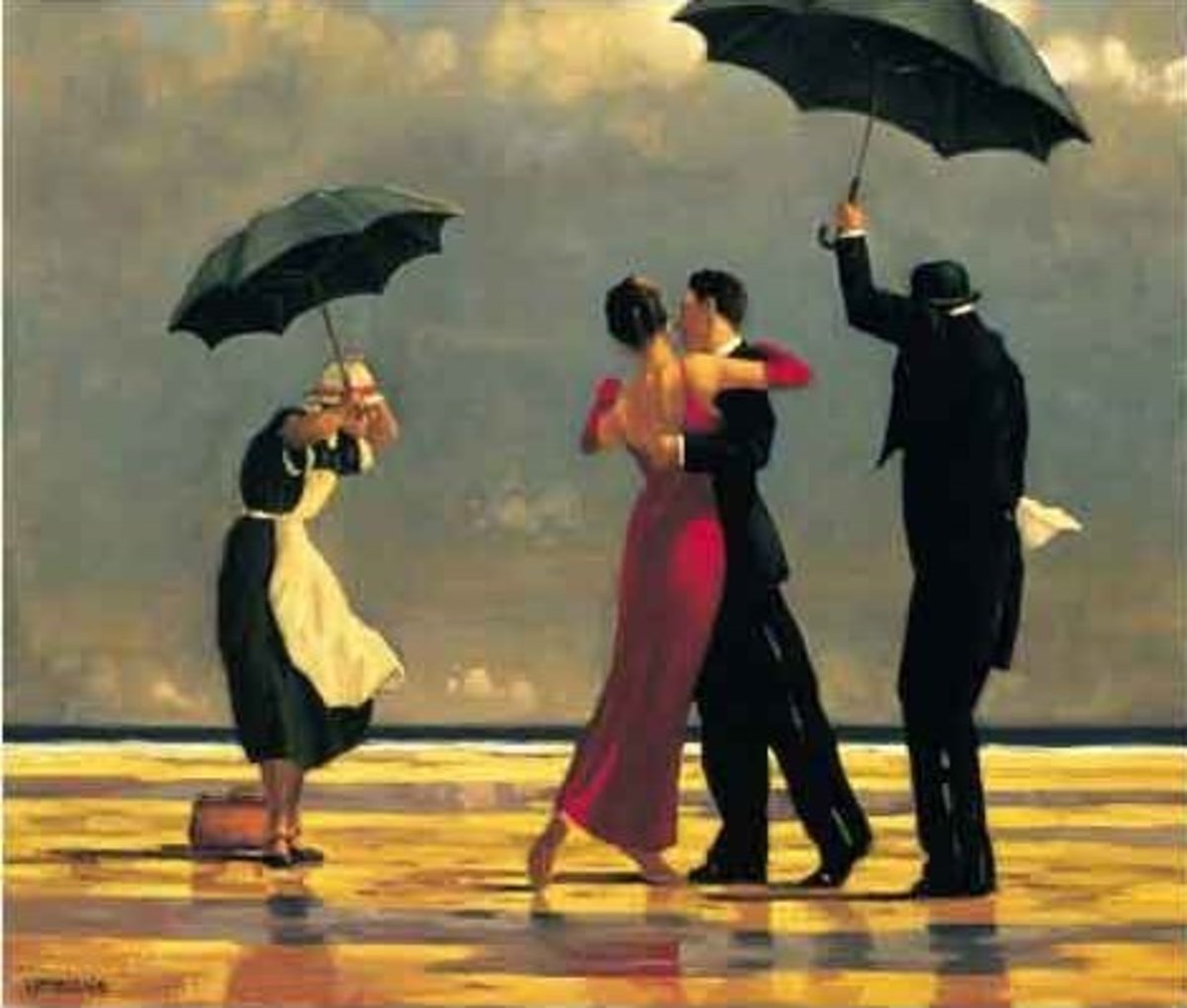Indiana Jones of the Art World - $Half Billion Paintings
Leonardo's Lost Painting?
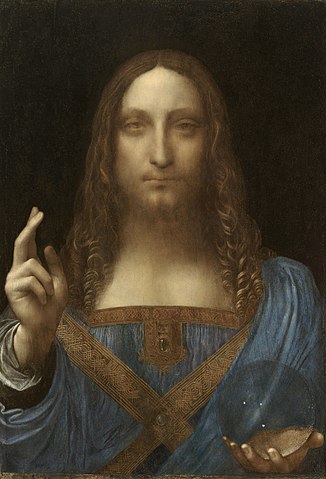
In November 2017, Leonardo da Vinci’s painting, Salvator Mundi (Saviour of the World), sold for USD450 mio, a world record to date. The Louvre in Paris has asked for it to be loaned for an exhibition in October this year but this may not go ahead; their experts thought it could be attributed to Leonardo's workshop, not the master alone
Nearly thirty years ago, paintings worth half a billion dollars were stolen from the Gardner museum in Boston, the biggest art heist in history (still missing to date). The lucrative and unregulated world of art is no stranger to such eye-popping sums - a mystery to ordinary people, a magnet for criminals.
It is estimated that thirty percent of the art market are forgeries; of all stolen art, only five to ten percent are ever recovered.
It is estimated that thirty percent of the art market are forgeries; of all stolen art, only five to ten percent are ever recovered. The FBI reckons that illicit art is the third largest black market in the world, behind drugs and weaponry. Characters operating in its underbelly range from the Nazis to terrorists, gangs and forgers. On the frontline battling them: art investigators. One has achieved ‘super sleuth’ status for his knack in recovering lost treasures, reportedly having recovered more than 200 works of art, according to CNN. He is Arthur Brand from The Netherlands, also dubbed as Indiana Jones of the art world.
Sherlock Holmes of the Art World
Looking more like a university professor than Sherlock Holmes, his methods are diverse: research, analysis, keen observation, working undercover and cultivating contacts in both legal and illicit art worlds,. He once posed as a buyer for a wealthy American which led him to stolen Nazi art. He gained the trust of criminal gangs and successfully negotiated for the return of a Dali painting. He pinpointed the location of lost art by a Ukrainian newspaper used to date the painting’s photograph. High profile recoveries included looted Peruvian artifacts and two bronze horses flanking Adolf Hitler’s Reichtag building, thought to be destroyed during the Second World War.
It all began when Brand was an exchange student in Spain. From his apartment balcony, he spotted gypies loading into vans with spades and asked what they were doing. ‘We’re going digging,’ they said. ‘For what?’ he asked. ‘For treasures. You want to come?’ That night they found two Roman silver coins. Holding a 2000-year old artifact was ‘like magic’, he would later say and decided that his future would be about discovering the past.
In an interview, he claimed he knew where the stolen half-billion dollar paintings were
In an interview, he claimed he knew where the stolen half-billion dollar paintings were: "I'm 100 percent sure that they are in Ireland. Hundred percent sure. No doubt in my mind." By Ireland, he was referring to the Irish Republican Army. Stolen items tend to pass around quickly and after a few years, owners do not know who did the burglary or where they came from. Criminal gangs get hold of stolen art presumably from debtors in lieu of payment, based on their market value. Some debtors are unable to pay and gangs are stuck with paintings they can’t sell, hence they lie hidden for decades.
Despite the risks involved, he doesn’t see himself as a hero but mainly a go-between for authorities and unlawful owners. As for financial rewards, Brand maintained he wasn’t in it for the money. "When you steal a Rembrandt or a Van Gogh – this is international cultural heritage. It belongs to you, to me, to the viewers," Brand said.
They Can Give Me One Beer
Pointing to the Gardner museum reward for return of stolen art, he has this to say: "The ten million will not be for me. They can give me one beer. That’s enough. And they can go away with the ten million and we will celebrate all of us the return of these paintings."
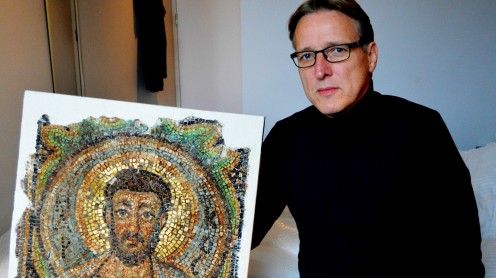
© 2019 CC Leau


